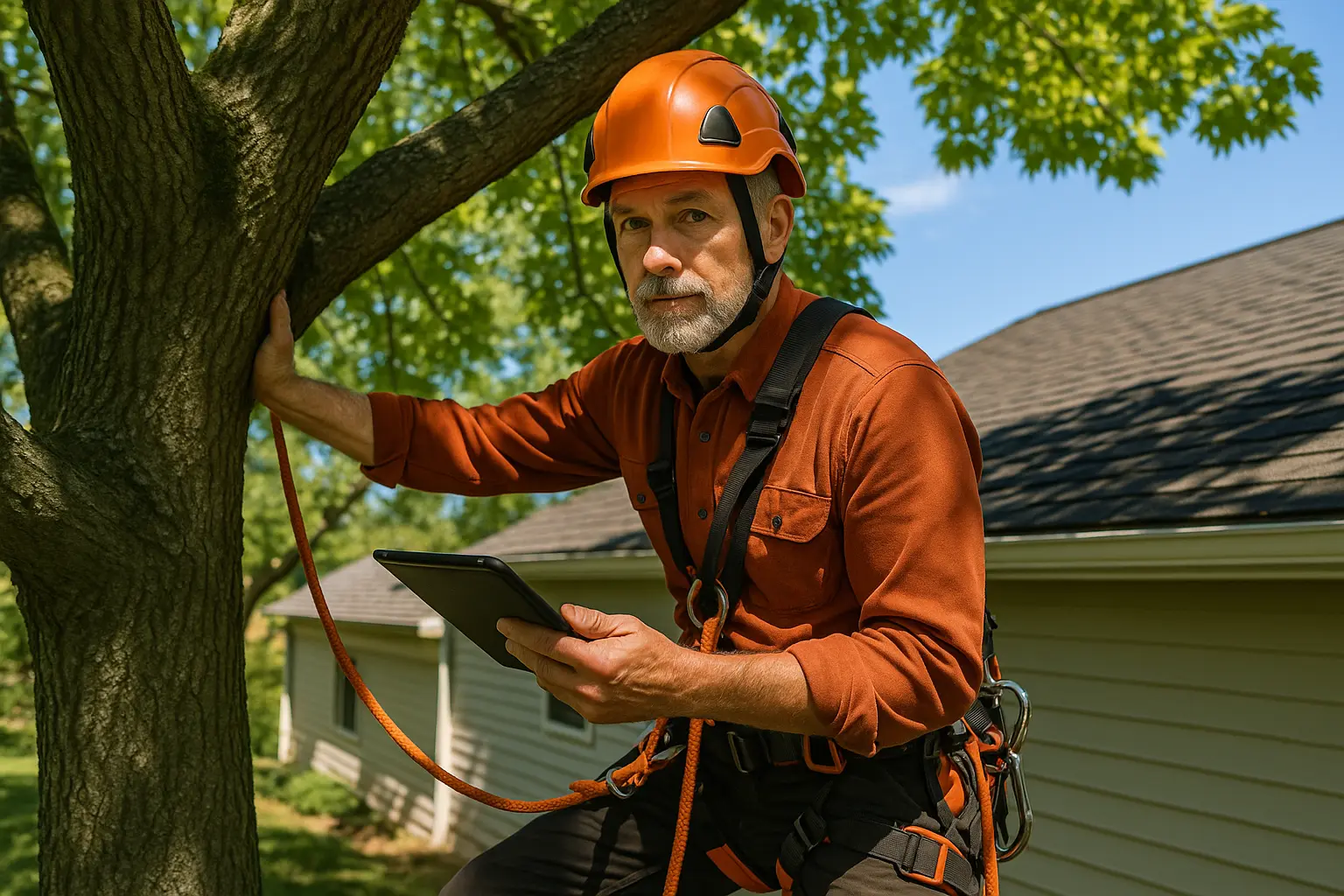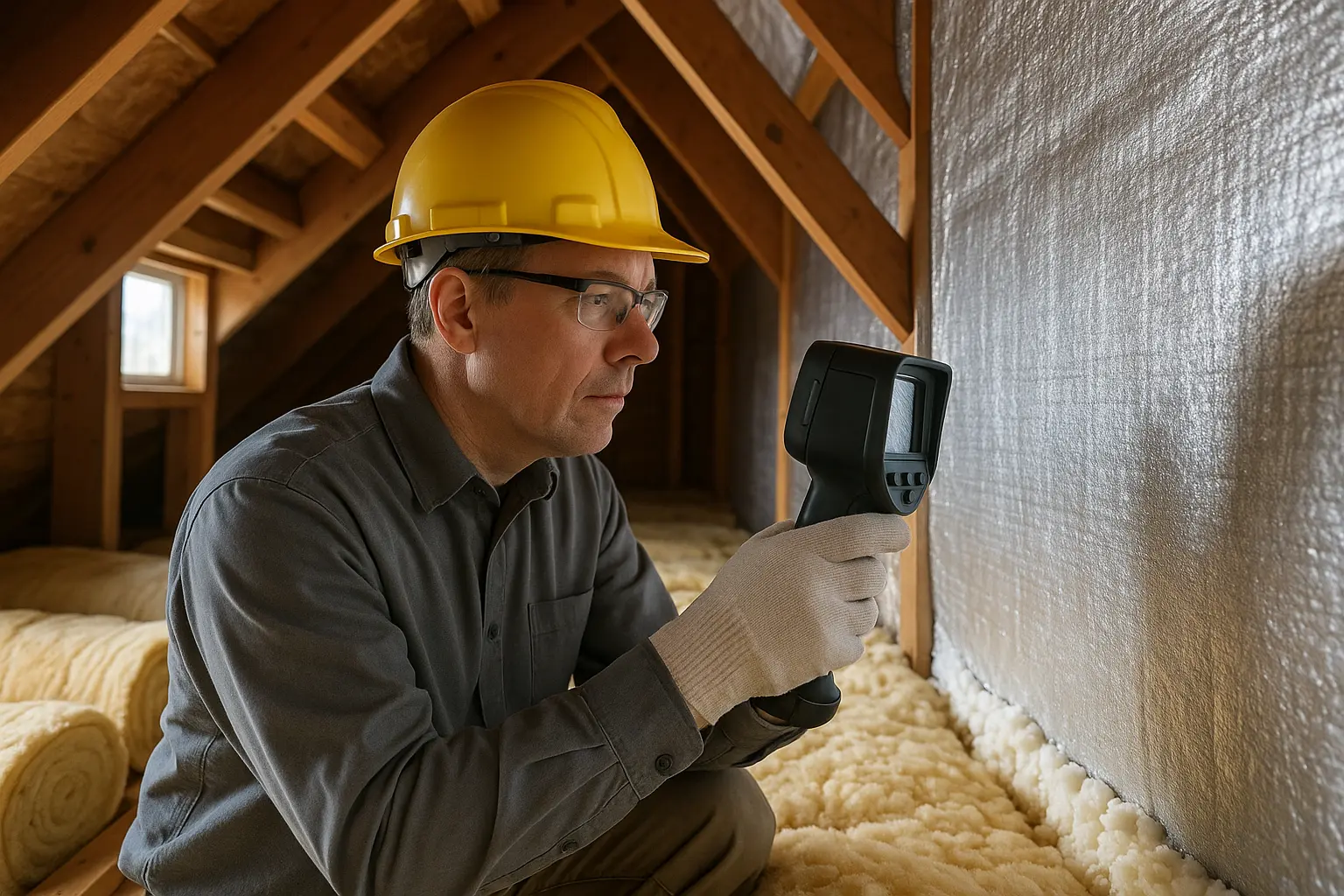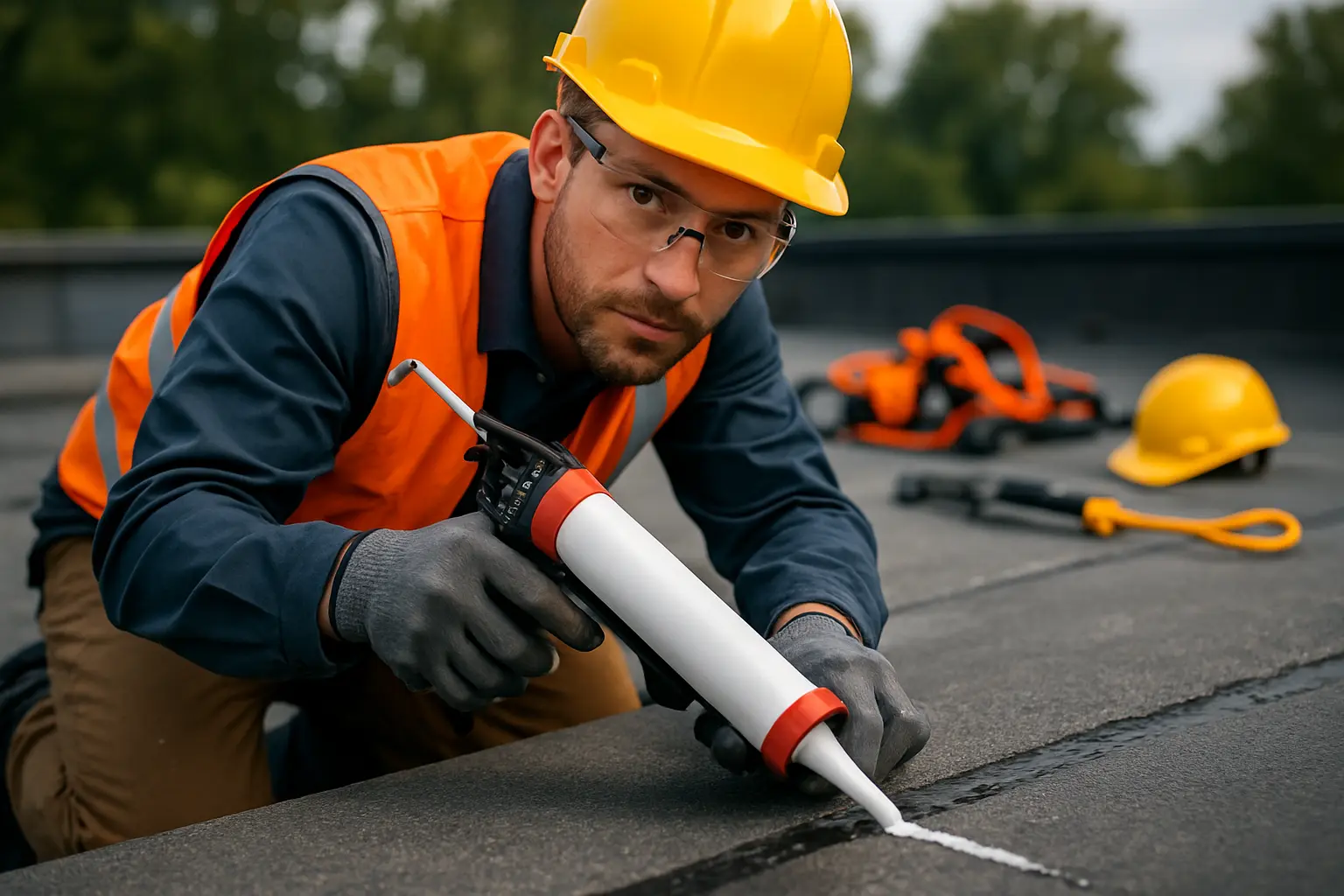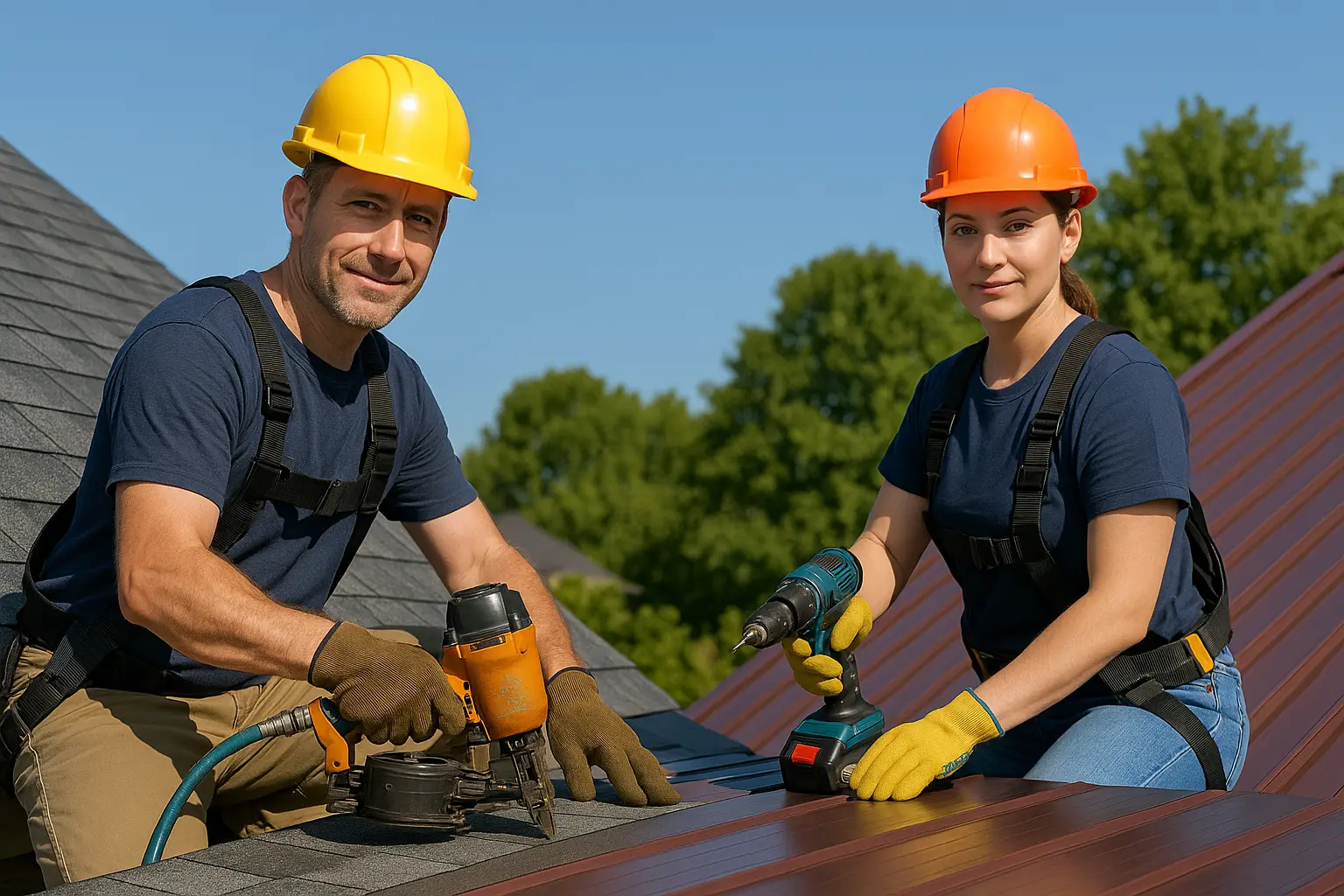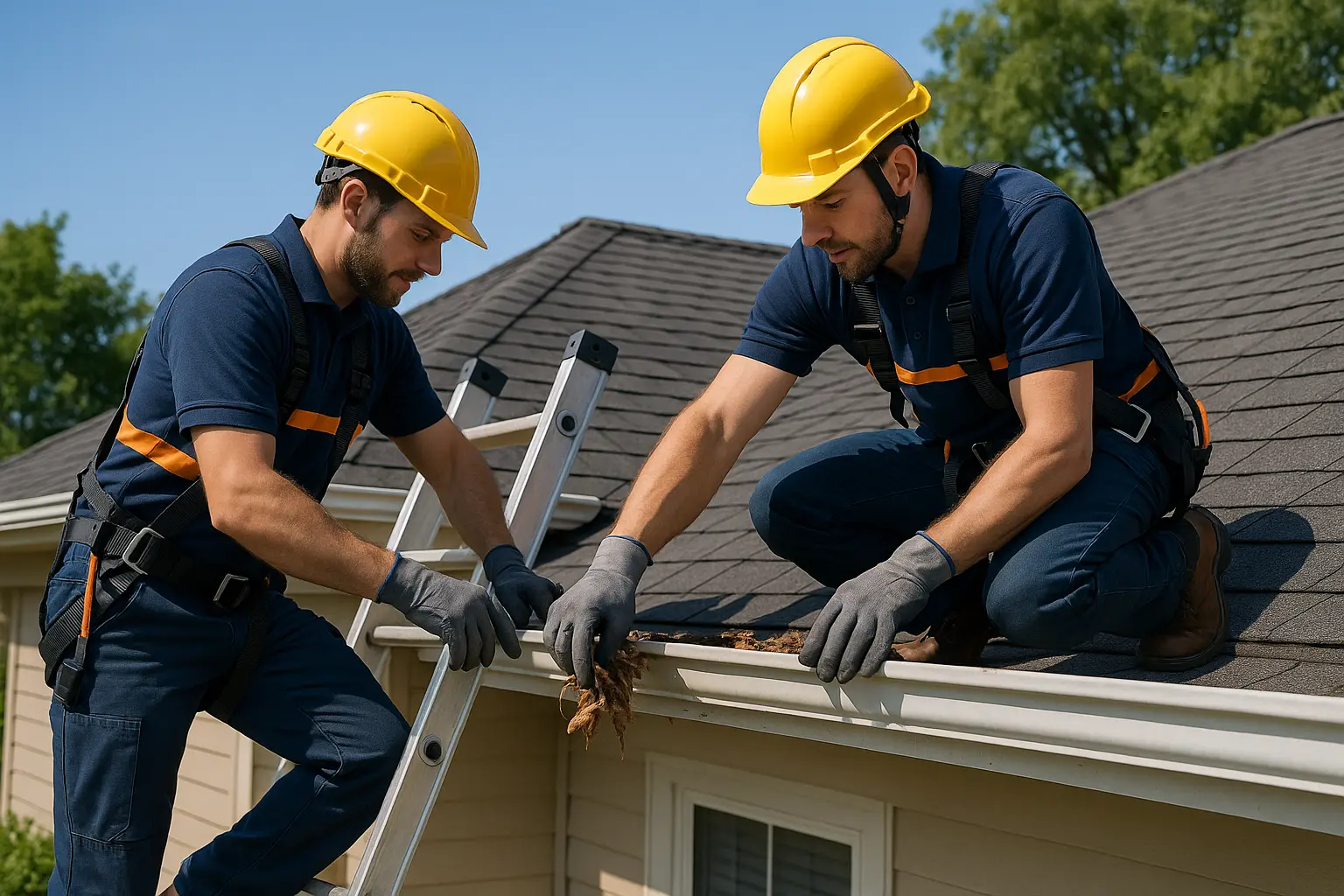Falling Limbs, Debris, Prevention Strategies
Homeowners often face the stress of unexpected roof issues, and one common source is the impact of tree branches. The damage can range from minor cosmetic flaws to significant structural problems if left unaddressed. Our neighborhoods often blend nature with living spaces, where overhanging branches and falling parts of trees are a common sight. When branches sway too close or even fall onto roofs, they can leave behind lasting marks over time. This article delves into practical methods and hands-on tips to combat tree-induced roof damage. With a clear understanding of both the causes and consequences, you can arm yourself with the know-how to guard your home against repair headaches in the future.
Identifying Roof Damage
Falling limbs, debris, prevention
One of the first steps in protecting your roof is spotting any apparent signs of wear. Tree branches often bring a series of troubles to the roof surface. An easy-to-spot sign is broken shingles – a result of branches repeatedly hitting the roof or one heavy storm that sends branches crashing. You might also see dents, cracks, or even leaks appearing gradually as leaves and other debris build up. Homeowners doing their regular checks could notice areas of discoloration or clogged gutters caused by moss and lodged bits of debris. These early hints provide a chance to intervene before the situation worsens.
Pay close attention to missing tiles or the loss of granules on asphalt shingles. Granules not only lend color to your roof but also create a barrier against harmful UV rays. Without this protective layer, the shingles become vulnerable to the sun’s relentless heat, causing them to deteriorate more quickly. Regular visual inspections, particularly after a bout of heavy weather, can help catch these problems early on. Addressing these issues promptly is a key part of falling limbs, debris, prevention efforts that can save you from more expensive repairs later.
Scanning for Hidden Trouble
Not every issue reveals itself immediately. Sometimes, the damage hides in plain sight. For example, water stains on your ceiling, walls, or in areas like attic insulation might signal leaks from roof impacts. While these signs can blend in with normal aging, a sudden appearance after a storm should raise red flags.
After heavy rain or high winds, it’s wise to take a closer look. Use a ladder carefully to inspect joints, valleys, and spots around skylights where water might slip in unnoticed. In challenging cases, a professional roof inspector can use specialized tools like moisture meters and thermal cameras to uncover the full extent of the damage. Such detailed inspections, though they might seem like an extra cost, play a vital role in falling limbs, debris, prevention by catching problems before they balloon into expensive fixes.
Understanding the Impact of Damage
Assessing roof damage is more complex than just a surface glance. What may begin as a few broken shingles can evolve into serious structural problems if repairs are delayed. Even minor dings in the roofing material can serve as entry points for water, leading to rot in wooden parts, mold growth in insulation, and further degradation of the building’s frame. This chain reaction of damage might ultimately force a complete roof replacement rather than a simple fix.
A proper assessment involves checking which parts of the roof suffered most and determining if the damage affects crucial areas. A small crack along a ridge might be less worrisome than a break near a critical joint or in an area where water gathers. Identifying these vulnerabilities early on is essential to managing repair costs and keeping future complications at bay.
Preventative Measures
Regular Tree Maintenance
Adopting a hands-on approach to care for your trees goes a long way in protecting your roof. Regular tree maintenance is one of the best strategies for falling limbs, debris, prevention. By keeping trees healthy and well-trimmed, you reduce the likelihood of limbs breaking off during a storm. Routine pruning not only helps maintain a neat look for your yard but also removes weakened branches that could cause trouble when the wind picks up. Many experts suggest scheduling a seasonal checkup for any trees located close to your home, especially after weather shifts like winter thaws or summer storms.
Beyond trimming, regular maintenance helps in reducing the accumulation of leaves and twigs on your roof. Accumulated debris can trap moisture, encouraging the growth of mold or algae, both of which can harm your roof’s health. By managing the tree canopy effectively, you create a safer environment for your roof and extend its lifespan. This approach is a clear component of falling limbs, debris, prevention strategies that not only preserves your roof but also helps you sidestep future repair bills.
Mindful Tree Planting
Planning is key when it comes to planting or rearranging trees in your yard. Before adding a new tree or moving an existing one, think about the mature size and the spread of its roots. Trees known for aggressive root growth or rapid expansion might interfere with your home’s foundation or even disturb the roof structure over time. Consulting with landscaping professionals can ensure that new trees are placed in positions that minimize potential risk.
For instance, selecting tree species with moderate growth and well-behaved root systems can be a smart move. Many communities offer guidelines to help homeowners choose species that are environmentally safe and practical for residential areas. This strategy not only prevents direct roof tree damage but also brings broader benefits like improved air quality and enhanced property appeal.
Ongoing Roof Inspections
Even if you keep your trees in check, regular roof inspections are vital in catching any emerging issues. Planning inspections at least twice a year – as well as after severe weather – offers you a constant overview of your roof’s condition. Professional inspectors are trained to spot subtle details, such as slightly loose flashing, minor shifts in the roof’s alignment, or the early stages of granule loss. These small issues, if neglected, can grow into larger headaches.
Inspections also reveal hidden weaknesses not noticeable in everyday conditions. Some insurance companies even offer discounts for regular roof check-ups, underscoring the financial wisdom of proactive care. By incorporating regular maintenance into falling limbs, debris, prevention tactics, you are not only preserving your home’s structural integrity but potentially saving on extensive repair costs in the future.
Repairing Roof Damage
DIY or Professional Help?
Deciding whether to roll up your sleeves or call in an expert for roof repairs can be tricky. Minor issues like a broken shingle or a small leak might tempt a DIY fix. However, when the damage is more extensive, such as that caused by a heavy branch impact, professional help is usually the wisest choice. A DIY approach might seem cost-effective at first, but if not done properly, it could void warranties or worsen the damage.
Working on a roof always carries risks, especially when dealing with unstable or high areas. Even if you feel confident fixing one or two faulty shingles, there might be hidden water damage waiting to worsen below the surface. Assess the scale of the damage carefully and consider whether your available tools and expertise match the task. When in doubt, involving a professional is the safest bet.
Selecting a Trusted Contractor
If you opt for professional repairs, choosing the right contractor is crucial. Start by gathering recommendations from friends, family, or neighbors who have had similar roofing work done. Online reviews can also give you a snapshot of a contractor’s reliability and quality. It’s important to verify that your chosen contractor has all the proper credentials – including valid licenses, insurance, and strong ties with recognized roofing associations.
Obtaining detailed repair estimates is another necessary step. Make sure the estimate breaks down all costs, from materials to labor and projected timelines. Clear communication during this process helps avoid any misunderstandings or surprise charges later on. Understanding whether the contractor accounts for unseen problems during repairs is key to ensuring that the work done is thorough and lasting.
Cost and Budget Considerations
When managing roof damage, budgeting is as important as the repair work itself. Costs can fluctuate based on the extent of the damage and the quality of materials used. Start by collecting several estimates from different contractors to get a realistic picture of the average cost. This not only brings transparency into pricing but might also reveal cost-saving options or alternative solutions.
In many cases, what appears to be minor damage might be a symptom of deeper issues requiring more extensive work. Setting aside a contingency fund is a wise move, especially if hidden water damage or structural compromise is discovered during repairs. Investing in higher-quality materials might increase the upfront cost but will generally extend the roof’s life and save you money over time. These careful budgeting steps are integral to a solid falling limbs, debris, prevention plan that keeps your home safe and your wallet intact.
Conclusion
Taking care of roof issues related to tree damage demands a balance between timely repairs and ongoing maintenance. Familiarizing yourself with both obvious and hidden signs of roof tree damage sets the stage for effective intervention. Whether you’re tackling minor repairs on your own or hiring a professional, a comprehensive approach is key.
Regular tree upkeep, thoughtful tree planting, and scheduled roof inspections all play significant roles in falling limbs, debris, prevention. This proactive stance not only protects your roof from damage but also shields you from escalating repair costs in the future. Every small step you take—from routine checks to selecting a reputable contractor—builds a stronger defense for your home.
Ultimately, dedicating time and resources to both roof and tree care is a smart investment that upholds your home’s safety, structure, and value. With a careful mix of preventive practices and timely interventions, you secure lasting protection against the hidden dangers of roof tree damage. Embrace these strategies today to ensure your home remains a safe and comfortable retreat for years ahead.

